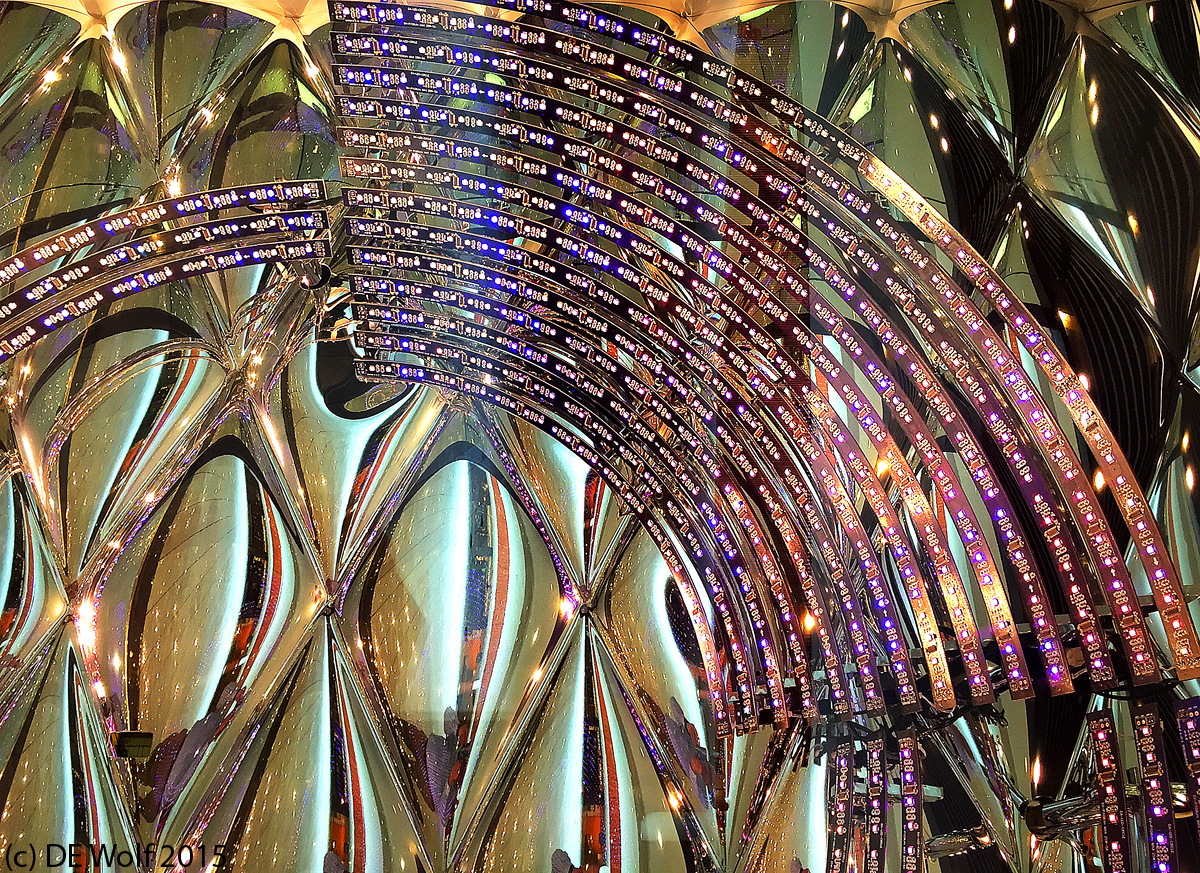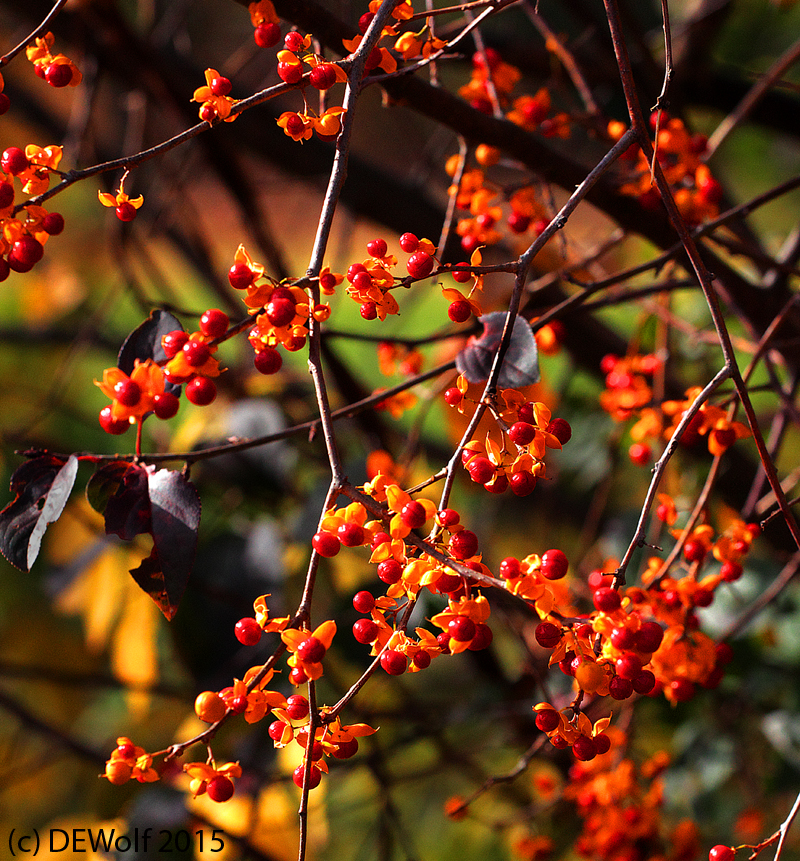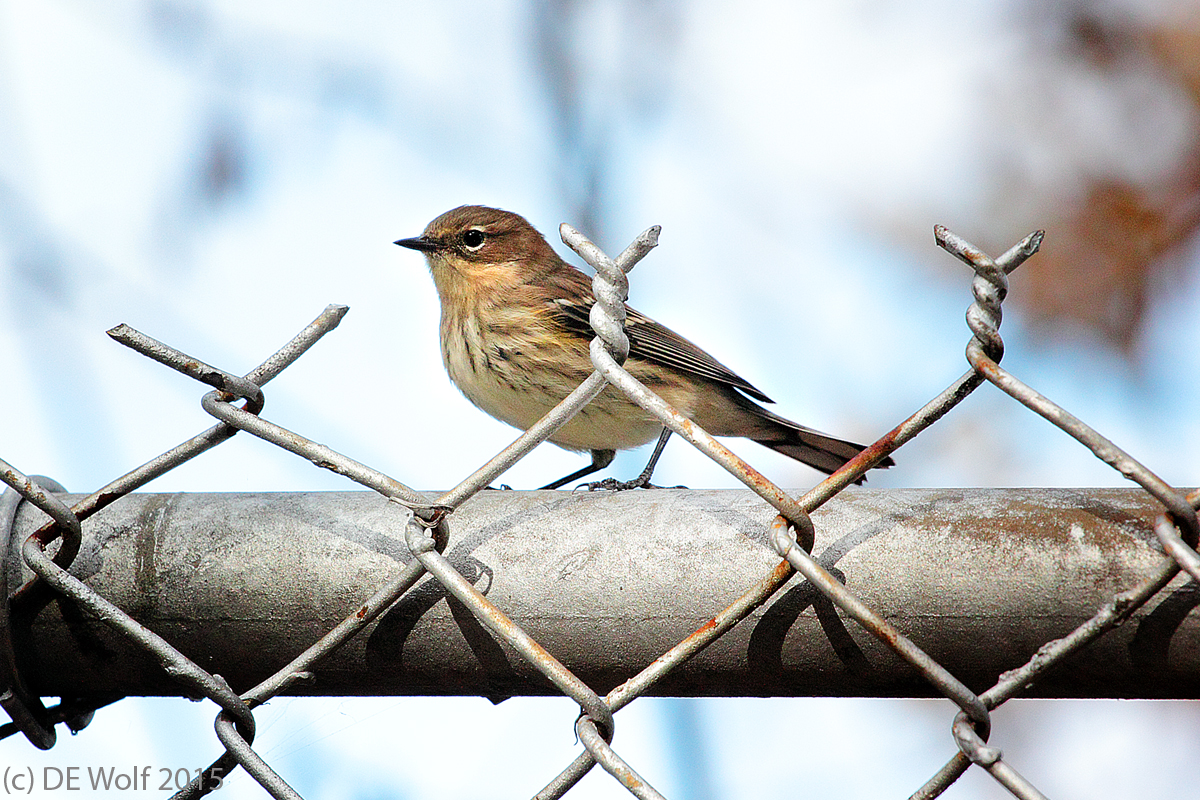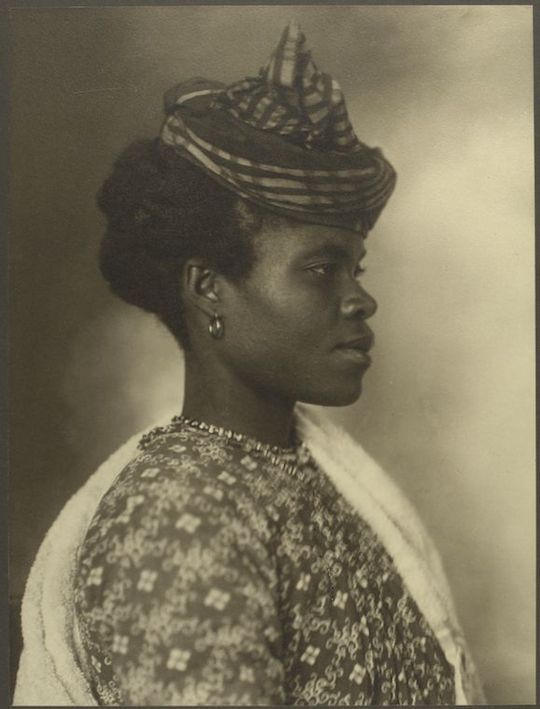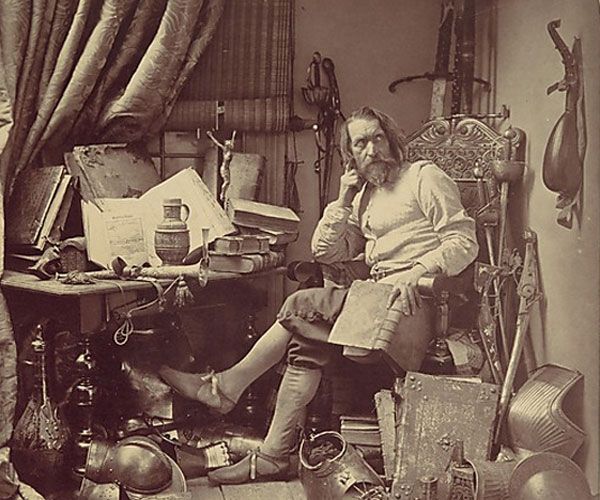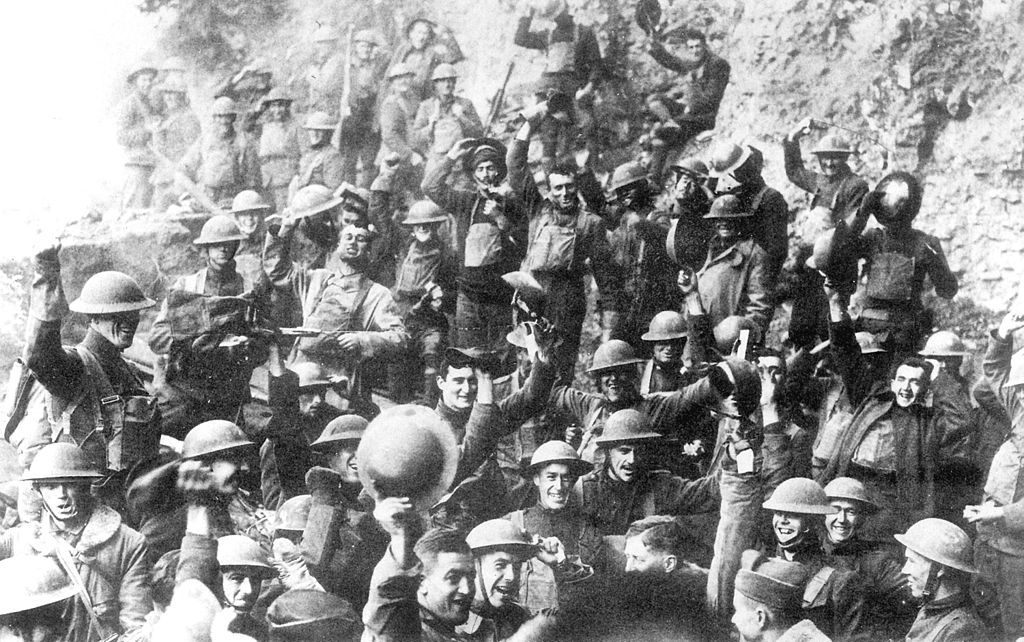
“US 64th regiment celebrate the Armistice” by U.S. Army – U.S. National Archive. Licensed under Public Domain via Wikipedia Commons
Today is Veterans Day, which used to be called “Armistice Day’ that commemorated the The eleventh hour of the eleventh day of the eleventh month – 11 am, November 11, 1918 when The War to End all War ended.That was ninety-seven years ago today, and sadly there have now many wars and many veterans to remember and celebrate, people who fought for our freedom.
Let us celebrate with the long gone faces of the men of the US Army 64th regiment, 7th Divisor who had been to hell and back, and captured in that joyous moment by the miracle of photography. And let use never forget what all our veterans did and do.
“In Flanders Fields the poppies blow
Between the crosses row on row,
That mark our place; and in the sky
The larks, still bravely singing, fly
Scarce heard amid the guns below.
We are the Dead. Short days ago
We lived, felt dawn, saw sunset glow,
Loved and were loved, and now we lie
In Flanders fields.
Take up our quarrel with the foe:
To you from failing hands we throw
The torch; be yours to hold it high.
If ye break faith with us who die
We shall not sleep, though poppies grow
In Flanders fields.”
In Flanders Fields
By: Lieutenant Colonel John McCrae, MD (1872-1918)
Canadian Army

